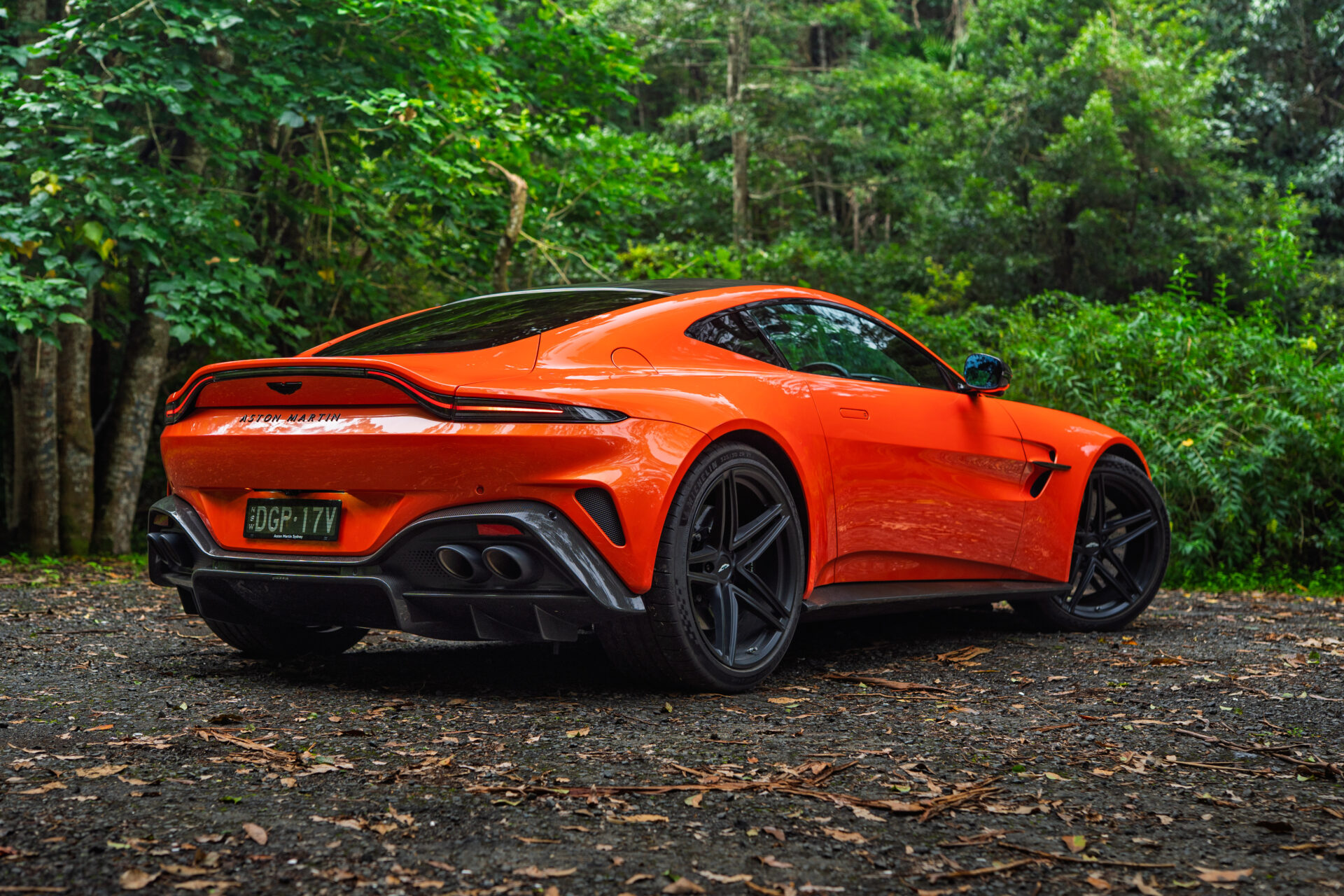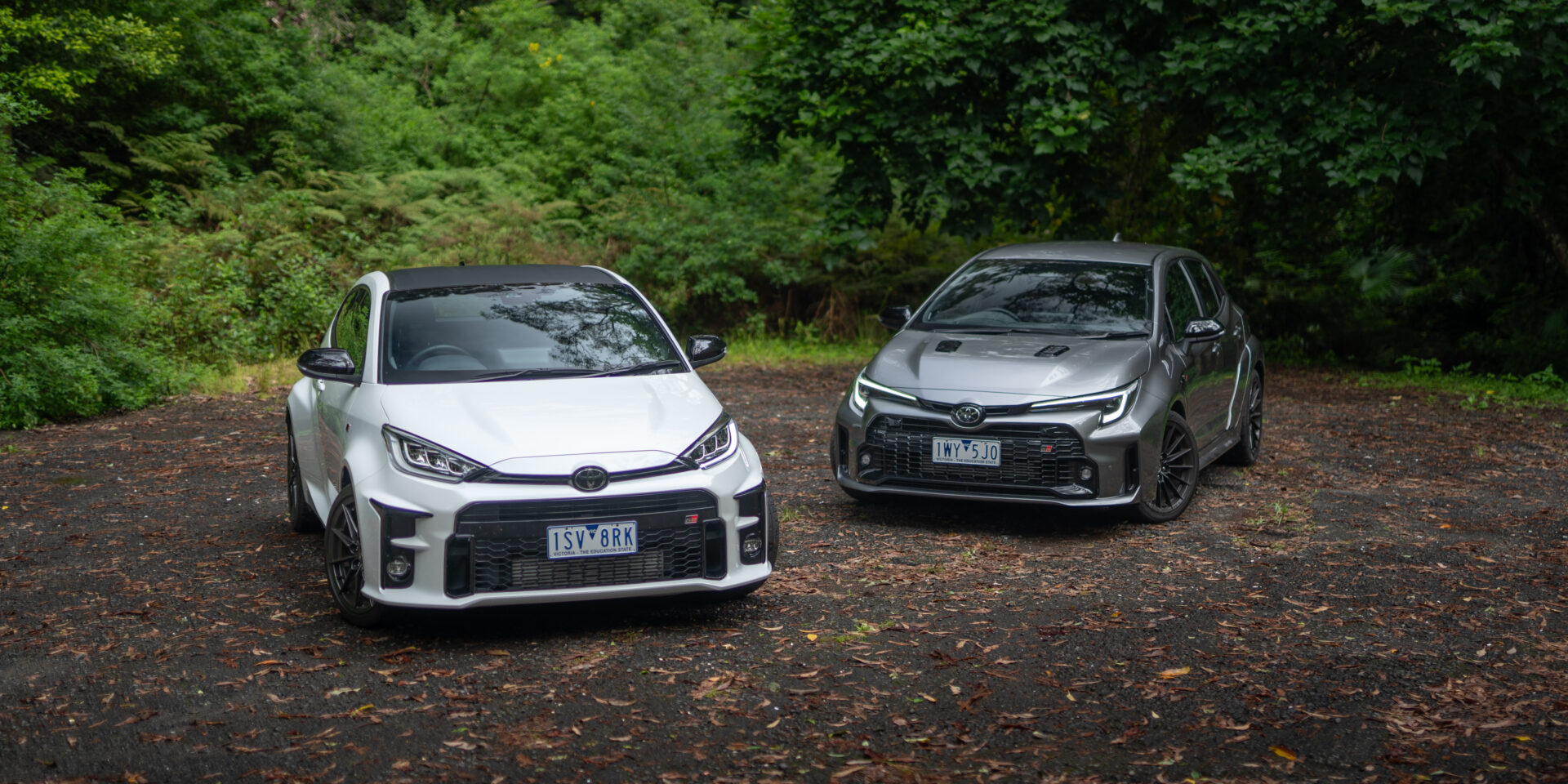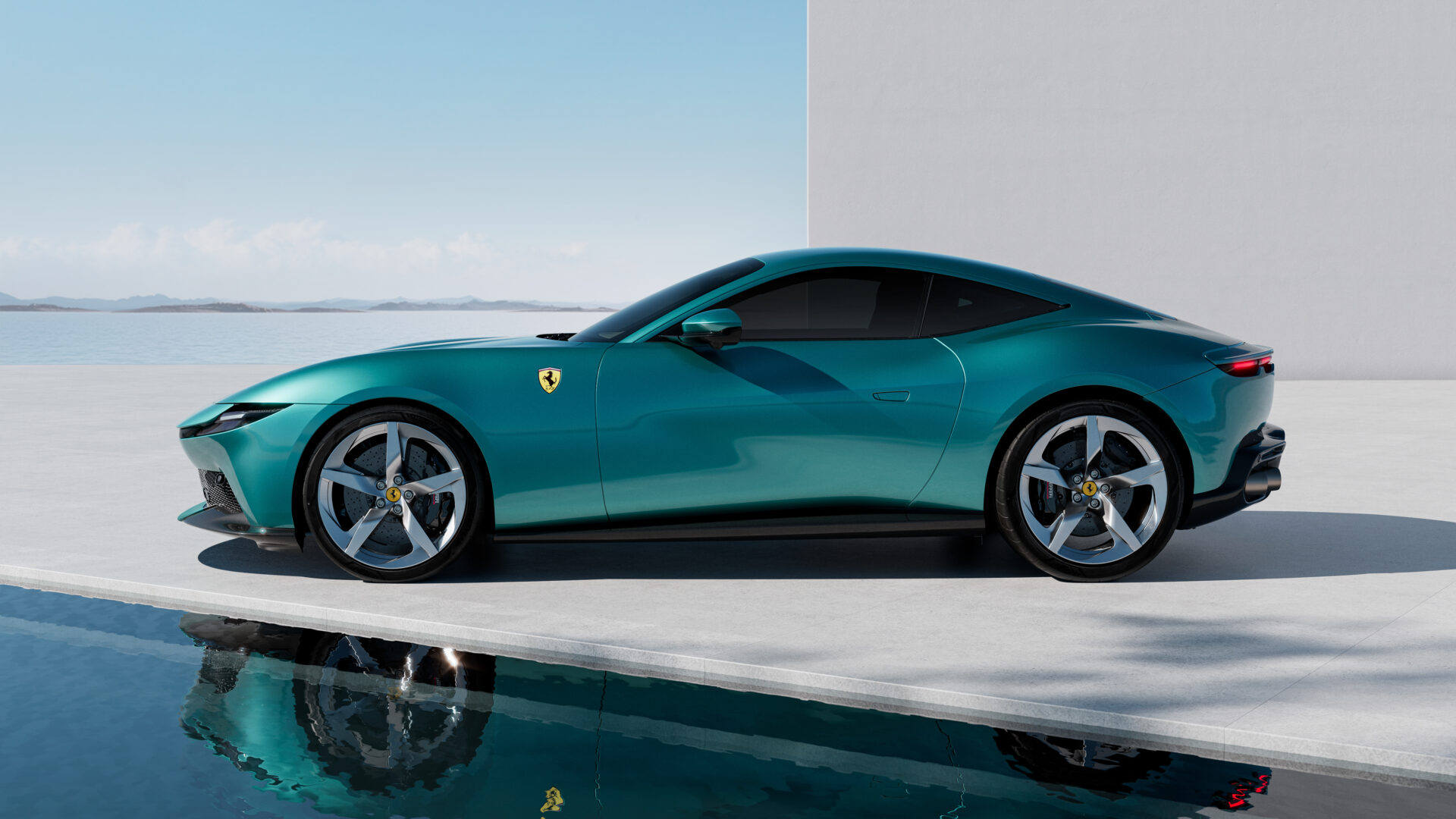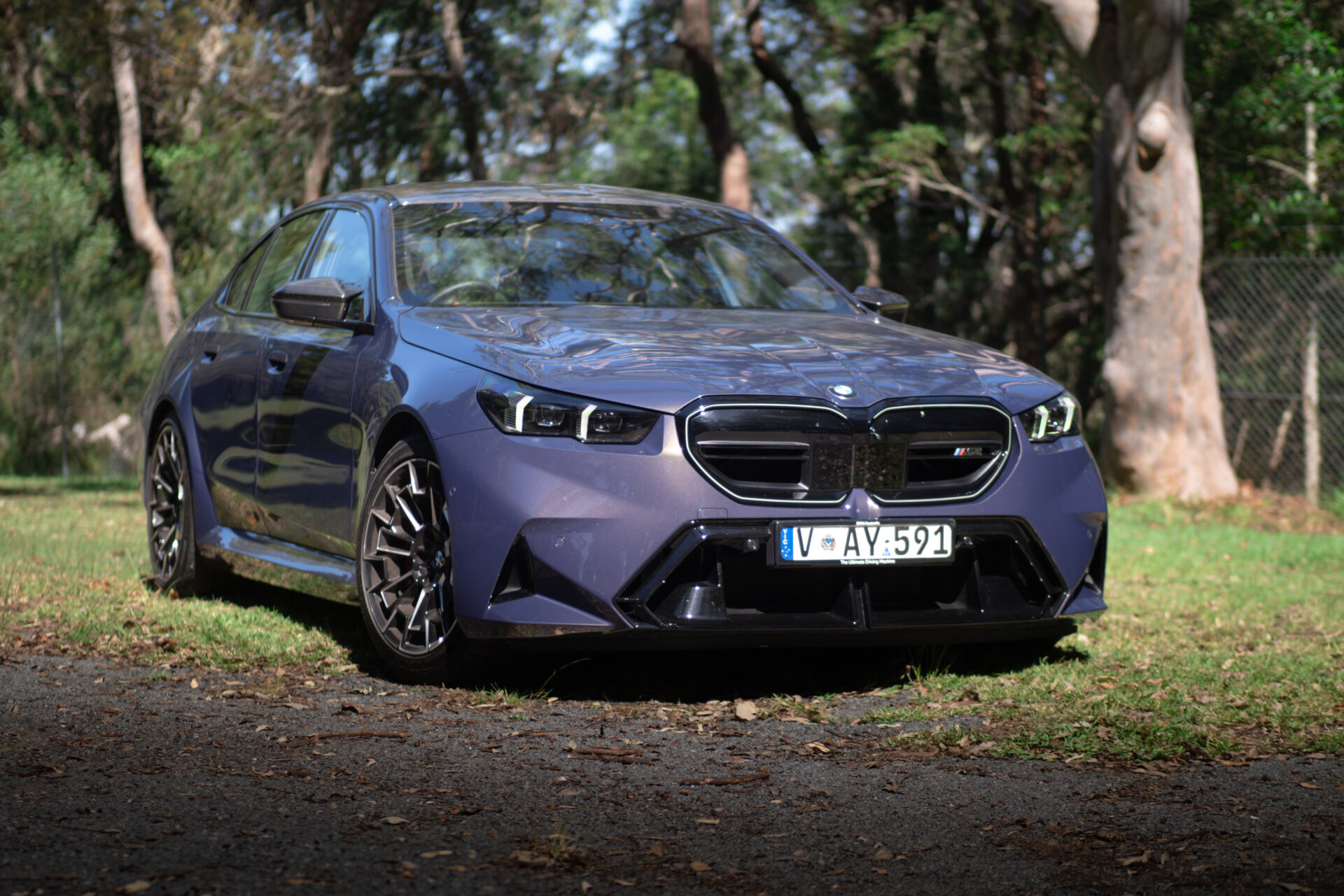The Ferrari Portofino is Maranello’s follow-up to the California T. Like rival Lamborghini’s Huracan, the Cali had some inane detractors who said it wasn’t a real Ferrari.
The V8-powered California and then the California T were meant to open up new markets for the Prancing Horse. And the company was expecting a lot of women as well as new customers to buy into the Ferrari brand.
Boom. Off went the nutcases. And they were all mostly wrong.
California Dreams
Rumour has it that the first modern California (it’s a name Ferrari has used more than once) was originally meant to be a Maserati. It probably wasn’t the greatest car ever made – well it wasn’t – but it did things for the brand.
For ages, Ferrari had been without a relaxed car. The last even vaguely relaxed machine the company produced would have been the 348 GTB. Oh, there was the 456 GT, but that was a properly expensive V12 GT, not a cruiser. First-time Ferrari buyers didn’t have an easy entry to the brand until the California arrived.
I liked California – it was a tad gawky and bug-eyed, yes, but it was fast and sounded amazing. It also carried two plus two people and you could take it anywhere without worrying about it. The fact the roof came off was a bonus. Handling was way above anything Maserati could muster, but it was also a bit more placid than what we had come to expect from Ferrari.
And that’s where the California struck trouble. Fans of the brand who didn’t understand its history said it was too soft. Too easy. The same sort of people who say the Huracan isn’t dangerous enough.
Women bought it, new customers came to the brand, it made money but people sniffed at it, said it was a girl’s car.
Whatever the hell that means.
As usual, a good number of people who said the more idiotic things about California never even sat in it, let alone drove it.
Would it be my Ferrari? No. Does that mean it’s not a good car? Absolutely not.
California T
The California T was better-looking, way more powerful if a little less characterful. To drive it was certainly better and it kept selling. The final years of the California saw the introduction of the Handling Speciale, a result customer requests. It was popular, so the Cali T was a bit firmer.
It was also more fun to drive. While the scream of the old, high-revving V8 was gone, the new twin-turbo powerplant introduced a colossal whip-crack on the upshift. And lots of torque – 755Nm. My wife loved the California T for its effortless power delivery and easy demeanour in normal driving.
I loved it because it was less understeery, looked better and was better.
(We both loved it for the whip crack)
With the end of the Cali, the time has come for Ferrari to make the return journey across the Atlantic, touching down in the Mediterranean in Portofino.
Ferrari Portofino








Ferrari launched the Portofino to the world almost exactly a year ago. Imaginitively, Ferrari chose the eponymous Italian town in which to do it, with Piero Ferrari, Sebastian Vettel and the late Sergio Marchionne on hand.
It looks amazing. I didn’t mind the California T but the Portofino is properly beautiful. Ferraris don’t actually have to be pretty but it certainly helps when the car is meant to lure in new customers.
The backside is far less prominent despite still housing a folding hardtop. The front end is much stronger, more aggressive, less gawping. The body looks lithe and athletic. It looks super-modern. You’d struggle to place the original California – it could be anywhere from the mid-90s to the mid-2000s – but the Portofino looks like it’s from the current stable and is all the better for it.
There was little wrong with the Cali T’s interior so the two look similar. Ferrari cabins are minimalist in a good way but the Portofino’s 10.25-inch screen is a recent concession to bling and includes a hugely expensive Apple CarPlay option.
The seats are tremendous – accommodating but grippy, the leather is tactile and wonderful to the touch.
Ferrari Portofino Drivetrain

Ferrari’s twin-turbo V8 now graces several cars in the range and one more to come. In the 488 GTB and Spyder it’s an incredibly powerful and flexible powerplant that makes that car an unbelievably fast machine. In the GTC4 Lusso T it’s an express train. No doubt it will find a home in the sacrilegious SUV (it’s not, but we’re still getting used to the idea).
The 3.9-litre twin-turbo V8 puts out 441kW (600PS), which is up 30kW (40PS) on the California T. With its flat plane crank (like the McLaren 570S and 540C), it delivers its power at a wonderful 7500rpm.
As with the 488, the V8 won’t give you all of its 760Nm of torque until you reach seventh gear in the twin clutch transmission. This is down to some clever trickery with the electronic wastegate control.
Even without all that torque, the new car accelerates from 0-100km/h in just 3.5 seconds.
The exhaust itself is one piece which saves weight and Ferrari says it sounds even better than before, partly because of a set of valves regulates the sound. We’ll see…
Ferrari also promises zero turbo lag and throttle response of under one second. Not the telepathy of the old naturally-aspirated V8, but you don’t have the rev the guts out of it to leave the driveway.
Ferrari Portofino Chassis

There is a lot going on here, of course.
The new car is much lighter than before – American models weight far closer to two tonnes than perhaps was sensible. The Portofino is lighter partly through the greater use of aluminium but also simpler structures. The windscreen surround was made of 21 separate pieces on the California, the Portofino’s just two.
It’s an impressive 35% stiffer as a result of this sort of simplification.
Ferrari’s active electronic differential passes the power between the rear wheels but does a whole lot more than just that. It reads the attitude of the car, throttle position and, of course, the position of the manettino on the steering wheel.
The Portofino’s manettino has just three settings – comfort, sport and ECT Off. While also affecting the setting of the diff and engine behaviour and throttle response, the magneto-rheological dampers also respond to a turn of the switch.
Driving the Ferrari Portofino

Right from the get-go, you know this is a better machine than the California T. With the extra power and a few more Nm, it’s quicker. It’s quicker again because it weighs less.
It’s quicker still because it’s just better.
If Ferrari hadn’t told me the car had electric steering, I’d probably know but still wouldn’t care. Nothing feels like a beautifully wrought hydraulic system (like McLaren’s) but a Ferrari electric system is a thing of beauty.
There’s no corruption, just a connected purity to the road surface. Since the success of the 458’s light, direct steering, all Ferraris have this wonderful, light feel.
One of the biggest differences to the California is the way the Portofino turns in. With the California, there was always this moment of hesitance – as though it wanted to understeer.
It didn’t really. All you had to do was stay with it and keep your foot in. Where the California would roll a little, the Portofino stays flat. It turns in without that moment, the tyres biting immediately and the nose heading in the direction you’re looking. It’s a big change to the feel of the car and it makes the Portofino feel much more agile.
The ride is also improved, as is the perception of the ride. The California could squeak a bit on bigger bumps with the roof down, but with the extra stiffness came a fundamentally better platform.
A stiffer chassis means fewer compromises. You only have to (again) spend some time in a McLaren 570S Spyder to know that if you get the guts right, taking off the roof doesn’t hurt the car.
The basic ride is terrific and even stepping up to Sport doesn’t ruin it. In the old car you needed to hit the bumpy road button around town but I didn’t feel the need in the Portofino. That, for me, is a step-change and one that suggests changing the name was wise.
The Portofino is a very different car to the California but it has all the things that made the old car loveable. The things people didn’t like – whether they had driven it or not – are now a thing of the past.





Leave a Reply